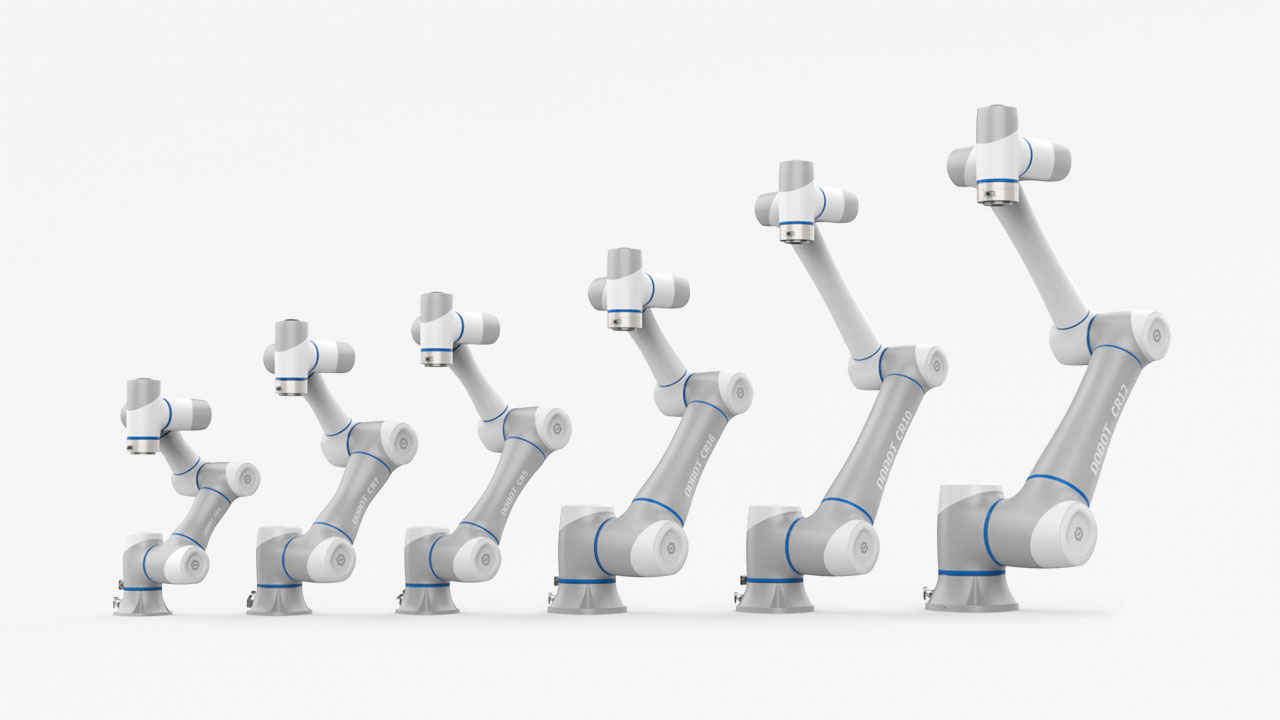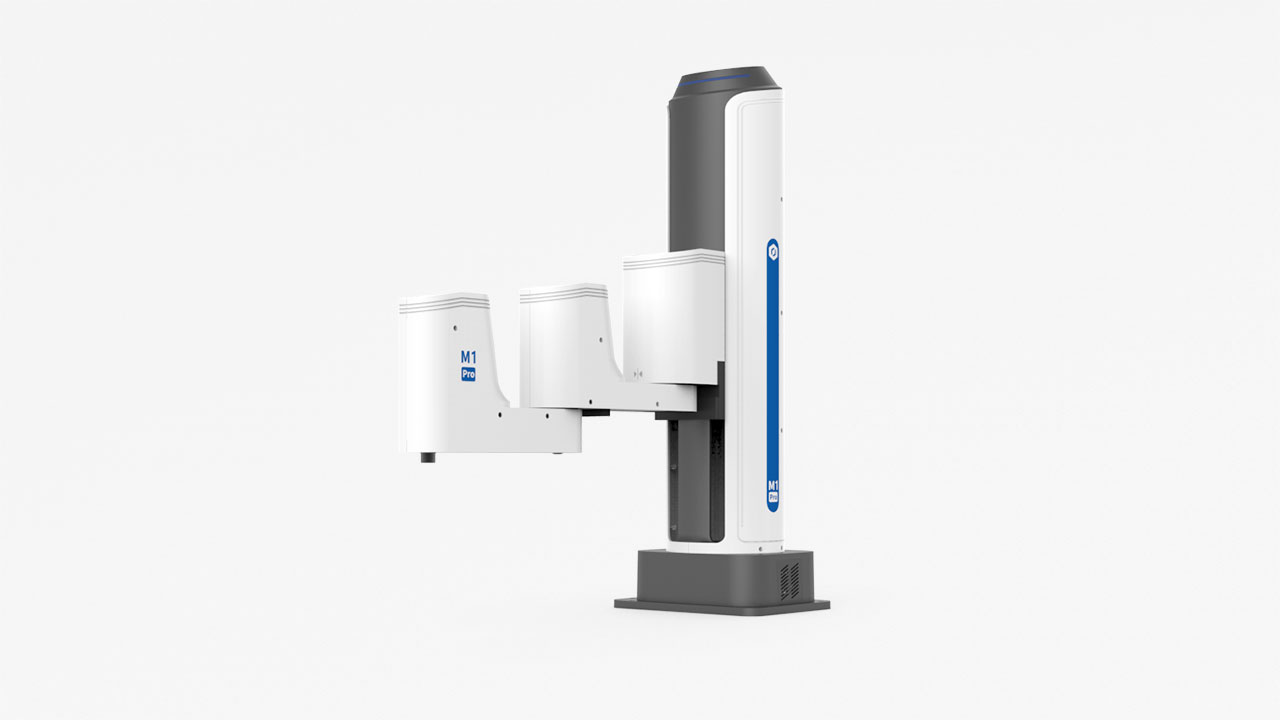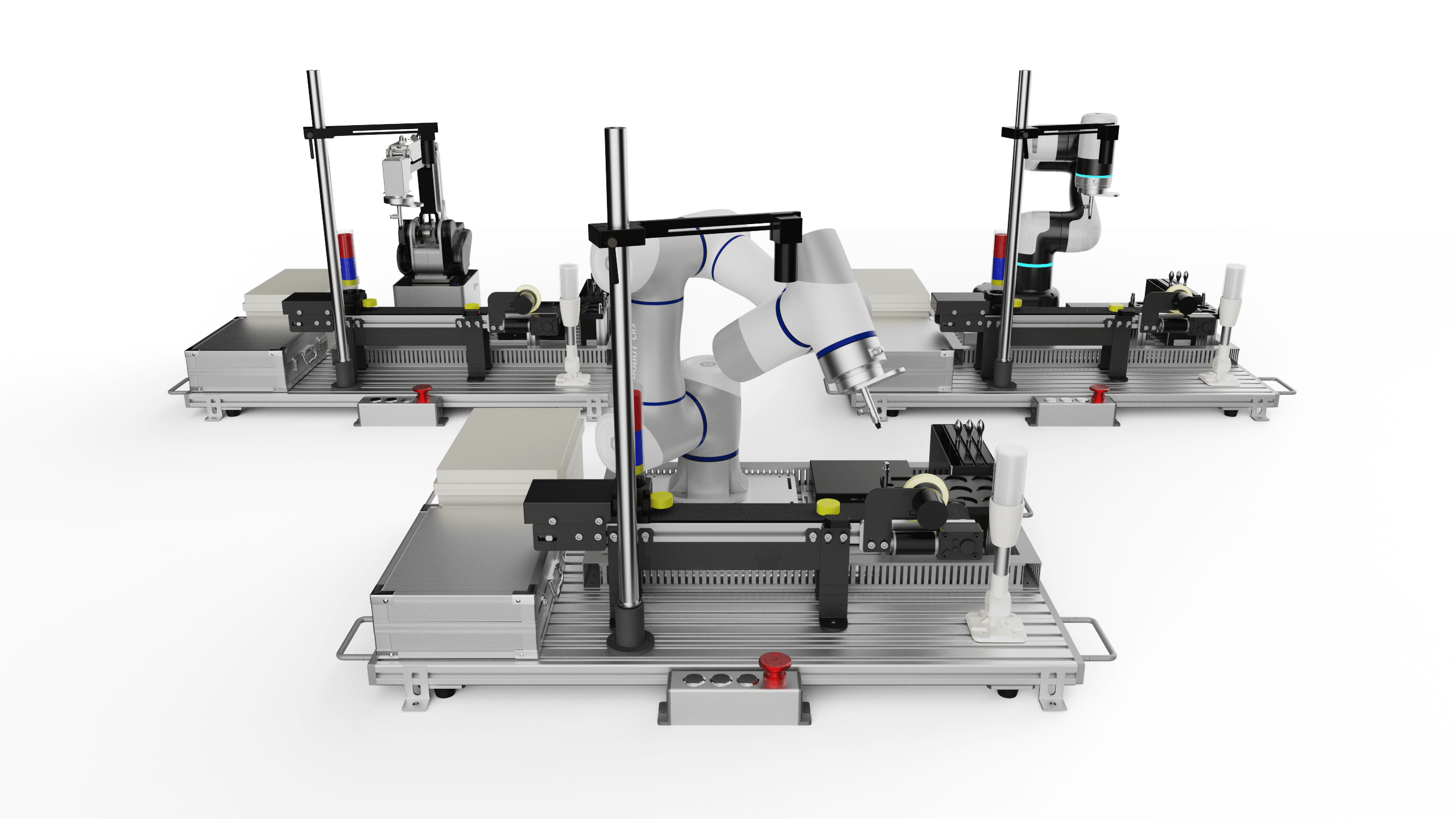
Table of Content
Top 3 Tricky Semiconductor Trends:
- Long-lasting semiconductor shortage
- Small & complex semiconductor parts
- Accelerated adoption of innovative technologies
Tech Opportunities for the Future Semiconductor Industry
The semiconductor industry has become vital in the past few years with the increasing demand for technologies we use. All of them depend on one industry, semiconductors. Although the demand for semiconductors is increasing, there is a lack of their supply on the market.
Our lives depend on one huge industry, making it its basis. All the chips, being the products of the semiconductor industry, compound the bricks of our daily routine. They are used in electronics, automotive manufacturing, computing and data, and other industries.
Further, we will talk about driving trends in the semiconductor industry and its opportunities for the future on a way to semiconductor automation.
Top 3 Tricky Semiconductor Trends

1.Long-lasting semiconductor shortage
Although the pandemic accelerated digital transformation processes and, therefore, increased demand for multiple chips and wafers, manufacturing capacity is still strained, disrupting plenty of supply chains. All these factors mentioned above lead to the long-lasting semiconductor shortage as one of the main semiconductor industry challenges.
McKinsey research states that the top 3 industries most suffering from the semiconductor shortage include wireless communication, automotive, and computing, making it 70% growth. Their contribution to the global semiconductor market is the most substantial. A lot of companies felt the biggest restrain of the lack of chips forced to delay product launches. Chip shortage causes a giant revenue loss.
With the driving demand, these three industries will experience continuous dependence on semiconductor components in the future. A long-lasting semiconductor shortage trend will have an ongoing negative effect on global manufacturers and consumers.
2.Small & complex semiconductor parts

The manufacturing process is complicated, as semiconductor components including chips and wafers are small and fragile. Every delicate detail matters in semiconductor fabrication. At the same time, the time cost is high, as it might take up to 27 weeks to produce a semiconductor device. The manufacturing companies should consider all the opportunities to cut up these lead times of production.
3.Accelerated adoption of innovative technologies
One of the four powerful future trends in the semiconductor industry is the increased adoption of robust technologies, such as AI, machine learning, and data science.
In a world with constantly increasing demand for flexible and rapid semiconductor production, the development of multiple innovative technologies rapidly spools up.
With the growing trend for the data-storage market and cloud computing, AI in semiconductor industry is ramping up towards ignited transformation. It leads to the high-volume production of smartphones as a part of semiconductors.
Machine learning in semiconductor industry is a valuable contribution as it can be deployed to optimize complex software and hardware systems. As multiple businesses have already started to shift to data and computing services, semiconductor manufacturers try to tailor the chips to particular application scenarios, including AGVs, robot arms, 3D printing, etc. This plentiful technological boom conducts the basis of the knowledge of the semiconductor industry.
The rise of underpinning technologies brings the necessity of driving knowledge for data science in semiconductor industry.
Data science tools, including AI and machine learning combined with data analytics, are one of the powerful features of semiconductors.

Tech Opportunities for the Future Semiconductor Industry

Cobots lead the development of the semiconductor industry by providing multiple solutions.
How can they help enhance smart manufacturing?
They assist in testing and inspecting semiconductor components. Robot arms can be equipped with a vision system enabling multiple application sets, such as inspection, loading and unloading, handling, etc.
Dobot cobots are safe and flexible, ensuring a fast process of semiconductor operations:
DOBOT CR series can be deployed in the loading and unloading of plastic packaging or LED chip wax paper. Although the semiconductor chips and wafers are difficult to handle as they are fragile, Dobot cobots are highly professional semiconductor wafer handling robots. They are fast, reliable, and affordable, making them perfect for semiconductor operations, compared to industrial robots that are expensive and large, taking up too much space.
Discover the Dobot semiconductor robot now to drive performance and get efficient results.















